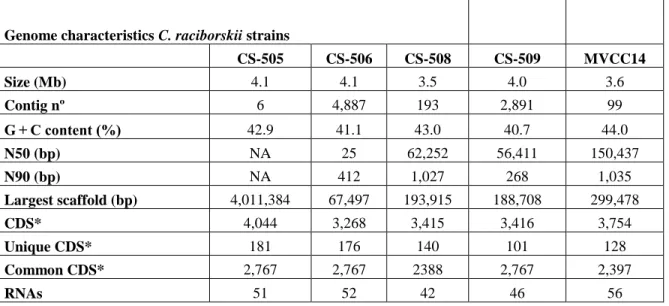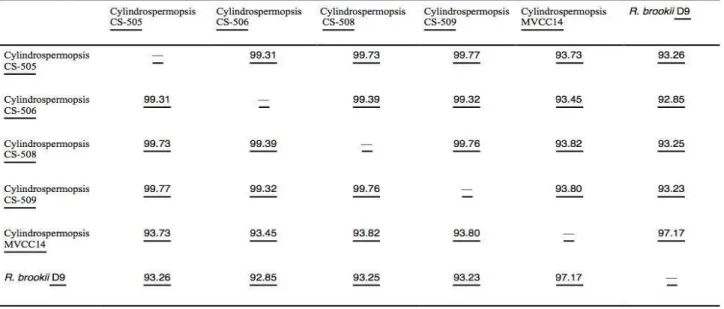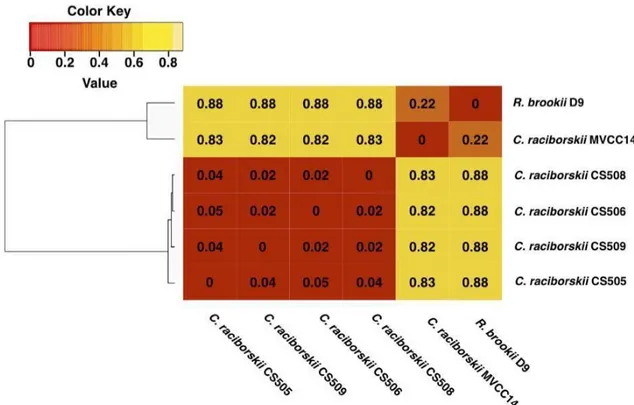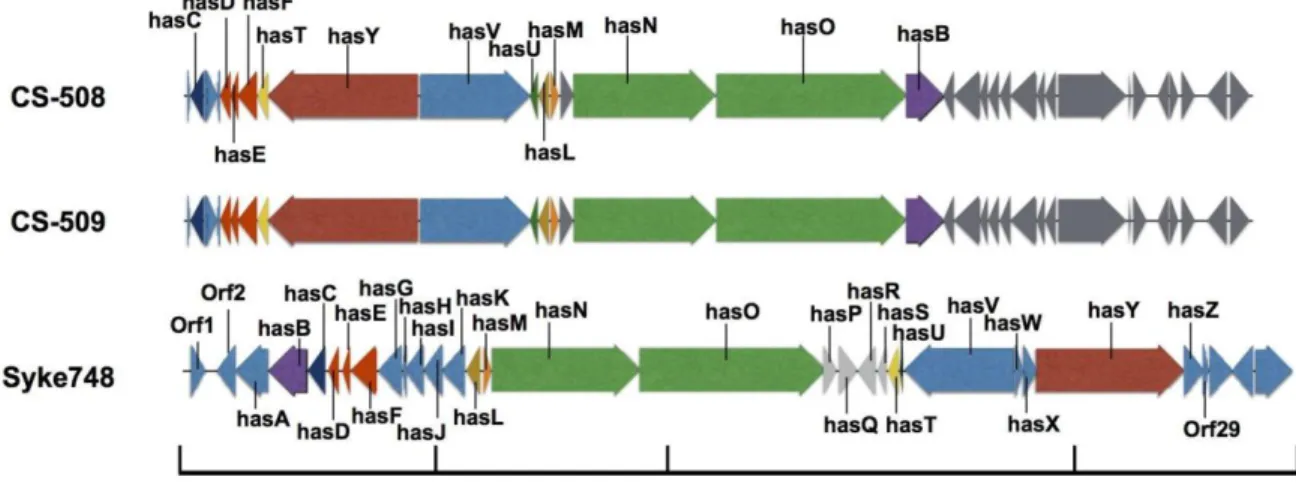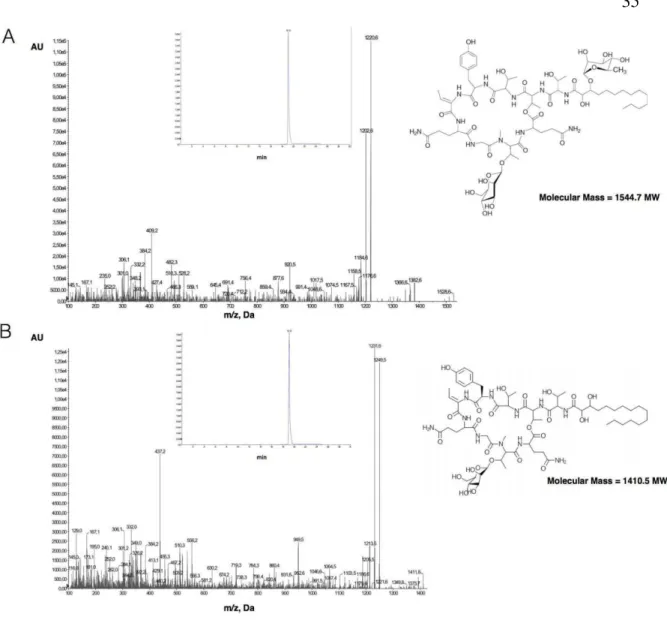Genomic characterization of Cylindrospermopsis raciborskii a cyanobacterium able to produce bioactive compounds
Texto completo
Figure
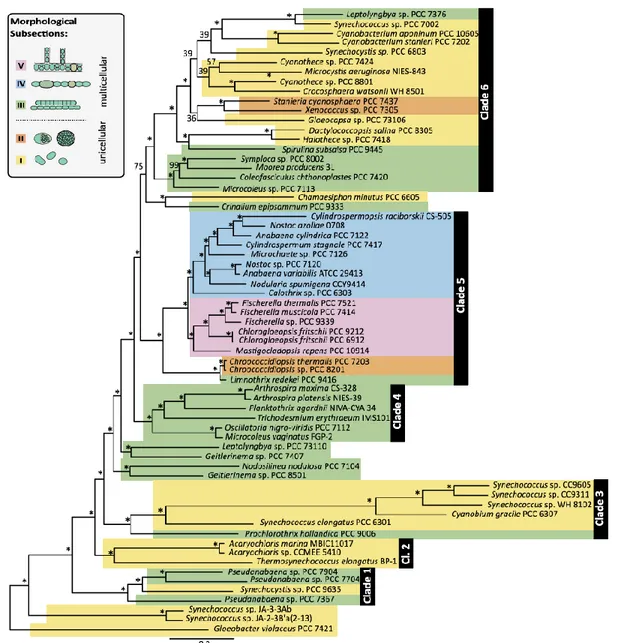
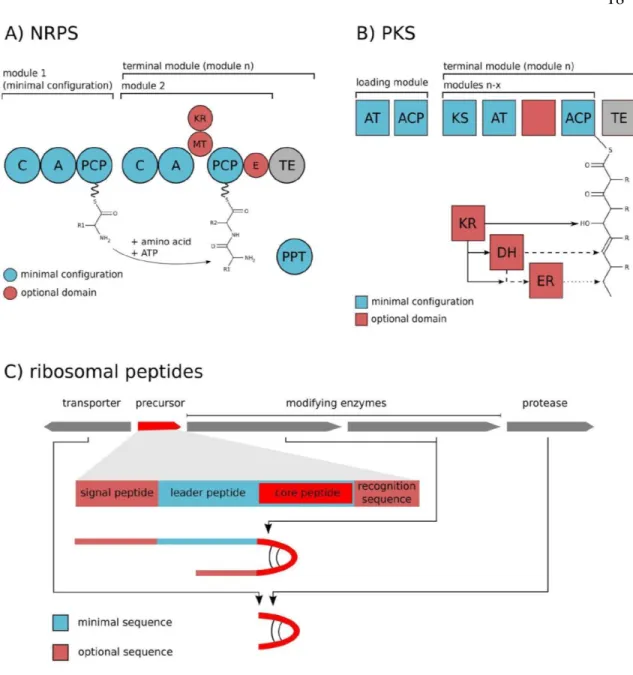
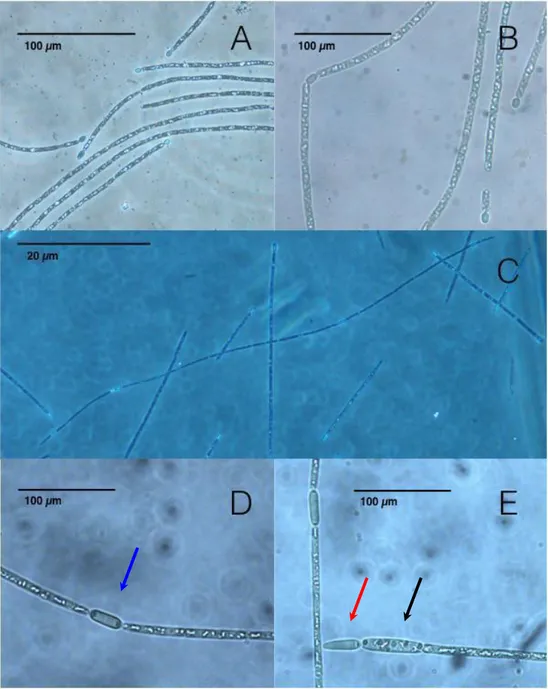
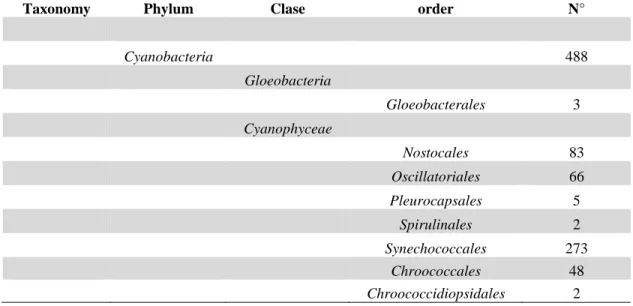
Documento similar
The objectives of this work were to design a microsatellite panel for biodiversity to study the genetic characterization and to analyze the diversity and intrapopulation structure of
Of special concern for this work are outbreaks formed by the benthic dinoflagellate Ostreopsis (Schmidt), including several species producers of palytoxin (PLTX)-like compounds,
Astrometric and photometric star cata- logues derived from the ESA HIPPARCOS Space Astrometry Mission.
50 The goal is to help people to reach an optimum level in the dimensions of psychological well- being: environmental mastery, personal growth, purpose in life,
The photometry of the 236 238 objects detected in the reference images was grouped into the reference catalog (Table 3) 5 , which contains the object identifier, the right
In the previous sections we have shown how astronomical alignments and solar hierophanies – with a common interest in the solstices − were substantiated in the
In light of the scarce therapeutic tools currently available to delay the appearance of symptoms or disease progression, we will analyze here the following aspects of ALS to be able
Here we summarize the currently published records on the invasion of two Nostocales genera, Cylindrospermopsis and Aphanizomenon, to lakes and water reservoirs in subtropical
